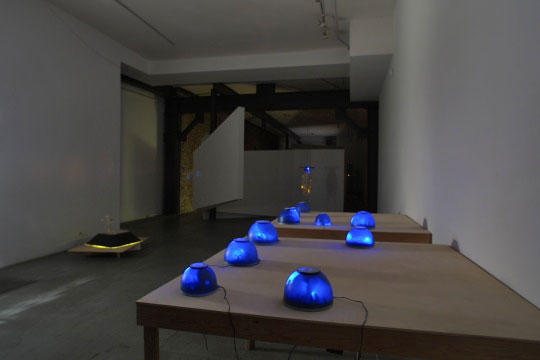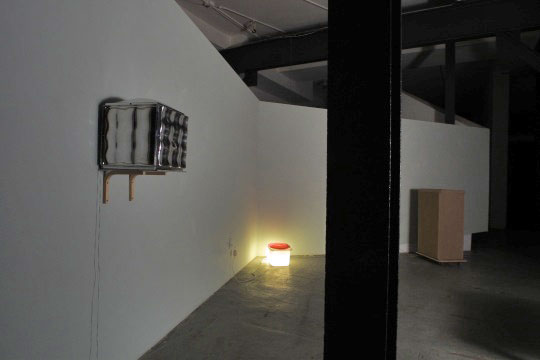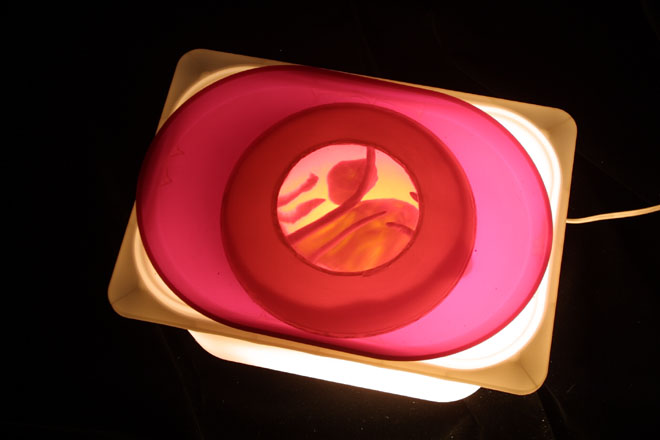 |
Inscaping, 2002 |
The poet Gerard Manley Hopkins invented the term inscape in the 1860s. Inscape refers to the intrinsic particularity of everything on earth. As Hopkins saw it, the unique, individual identity, the pattern of detail in every flower, rock, fish, or bird represented what was holy about it, in a sense, its "soul," with humans being the most highly "inscaped." For Hopkins, souls are not easily perceived under normal circumstances by people going about their everyday lives. People don’t see the grandeur of the everyday, and therefore walk about in a kind of dreary, metaphysical greyness. However, the central and ecstatic essence of a thing will shine "like shining from shook foil" to the one who learns to see. Like many artists, Hopkins understood that vision, in this sense, requires some shift of perspective, some turn of the mind—and that sometimes perception requires even a kind of pain. Ashy embers, seemingly bare of fire, suddenly "fall, gall themselves, and gash gold-vermillion" in a revelation of their true hidden beauty and intensity. Individuals develop their own inner landscapes, an idea that psychoanalysis and current art practices have explored tirelessly. Slippages occur here for the viewer where the familiarity of oneís memory of similar scapes in reality is disputed by what these works present. Trees slide up walls, flowers are the size of large rocks, a smell of plastic permeates, and light comes in colors and from places we know are unnatural. These slippages allow viewers to momentarily believe in what they see. | |
 |
Installation of: Nitelite, 2002 cellulose, plastic bowls, LED lighting Treehouse, 2002 Cellulose, fiber optics, LEDs, plastics 59"x22"x22" Open Garden, 2000 Porcelain, plastic, fluorescent light 23" tall, tree 13" tall |
 |
Installation of: Gazebo, 2000 Porcelain, plastic, cardboard, wood, LEDs 14" tall Hypnerotomachia Poliphilo, 2000 Porcelain, insulation foam, cardboard, LEDs, birch, wheels 41"x22"x16" Below the Salt, 2002 porcelain, lighting, plastics 9"x17"x12" |
 |
detail, inside of Hypnerotomachia Poliphilo |
 |
detail, Below The Salt |
 |
detail, Nitelite, 2002 cellulose, plastic bowls, LED lighting |
 |
Installation of Rover, 2002 insulation foam, wood, lighting 60"x72"x21" |
 |
|
 |
Installation of: Treehouse, 2002 Cellulose, fiber optics, LEDs, plastics 59"x22"x22" Par-terre,2000 Porcelain, plastic, fiber optics 17" tall |
